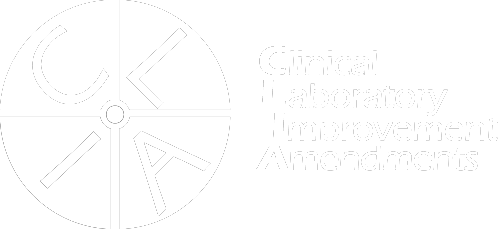As the US continues to struggle with the aftermath of COVID-19, America has experienced an increase in the number of overdose deaths as a result of isolation and lack of support for those individuals with mental health and substance use disorders (SUD). From May 2019 to May 2020, there were over 81,000 drug overdose deaths in the United States. Tragically, this is the highest number of overdose deaths the CDC has ever recorded in a 12-month period. This alarming figure is a bleak reminder of the necessity of improving access to treatment in the US.
Over one in four adults who have mental health issues also have a substance use problem. The well-documented connection between mental illness and SUD even has a name: comorbidity or co-occurring disorder. Individuals with a co-occurring disorder have more than one disorder and, if left untreated, the worsening of one typically culminates in the worsening of the other as well. Common mental health issues that co-occur with addiction include anxiety and mood disorders, Schizophrenia, bipolar disorder, major depressive disorder, conduct disorders, post-traumatic stress disorder (PTSD), and attention deficit hyperactivity disorder (ADHD).
High suicide rates during the pandemic have sparked a new focus on mental health to prevent any more unnecessary deaths. However, SUD has not experienced this same treatment. The negative connotations surrounding SUDs in the media and day-to-day life often prevent individuals from receiving much needed help. Even medical professionals have admitted to fostering negative feelings towards those they are treating who have used drugs illegally. Likewise, many insurance carriers do not cover or limit the amount of coverage for addiction treatment. Without the finances or resources to combat their addiction, many individuals with SUDs fall into the criminal justice system– punished for their disease.
The National Drug Intelligence Center estimated that $113 billion U.S. dollars were spent on drug related crime in 2007. This statistic includes costs within the justice system and costs for victims. The same report revealed that $14.6 billion was spent on treatment costs (including health costs, hospitalizations, and government specialty treatment). Unfortunately, the amount of money spent on keeping people within the criminal justice cycle is over seven times the cost of getting individuals into treatment courts so they can avoid the revolving door of prison and reach recovery.
Treatment courts know the importance of treating clients with addiction holistically. Within these programs, multidisciplinary teams of treatment providers and criminal justice system members use evidence-based practices, such as twice a week, randomized drug testing, behavioral therapy, and MAT (when necessary) to provide clients with the best possible outcomes. After consistent treatment and care, many clients go on to live healthy and productive lives– without crime or substance use.
Our criminal justice system is full, and people are dying at alarming rates. However, our country still has the opportunity to shift the way we approach addiction. SUD treatment should be available just like treatment for mental illness, without stigma and without fear of punishment. Improving SUD treatment methods in our nation would not only save money, but also millions of lives.



